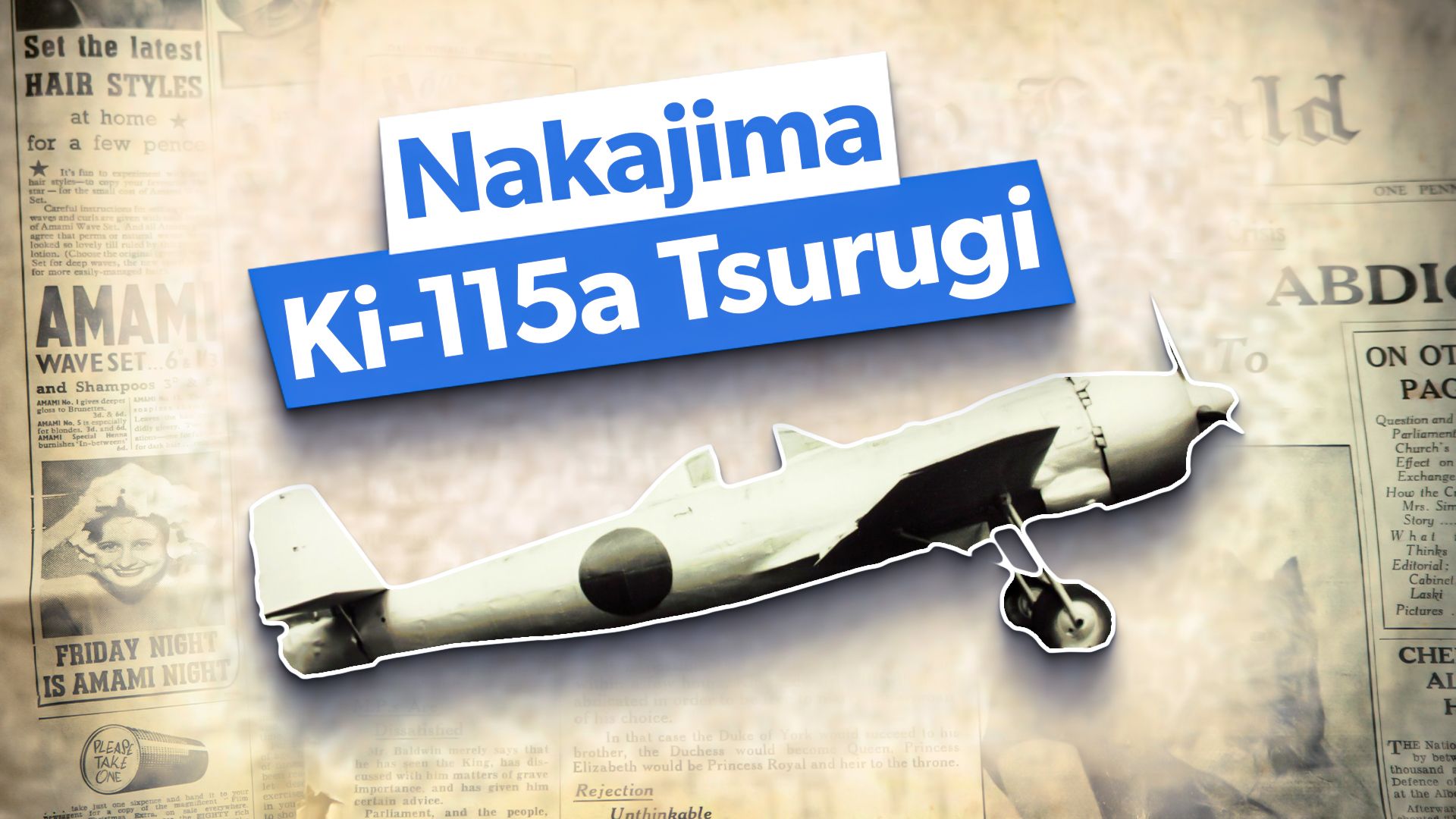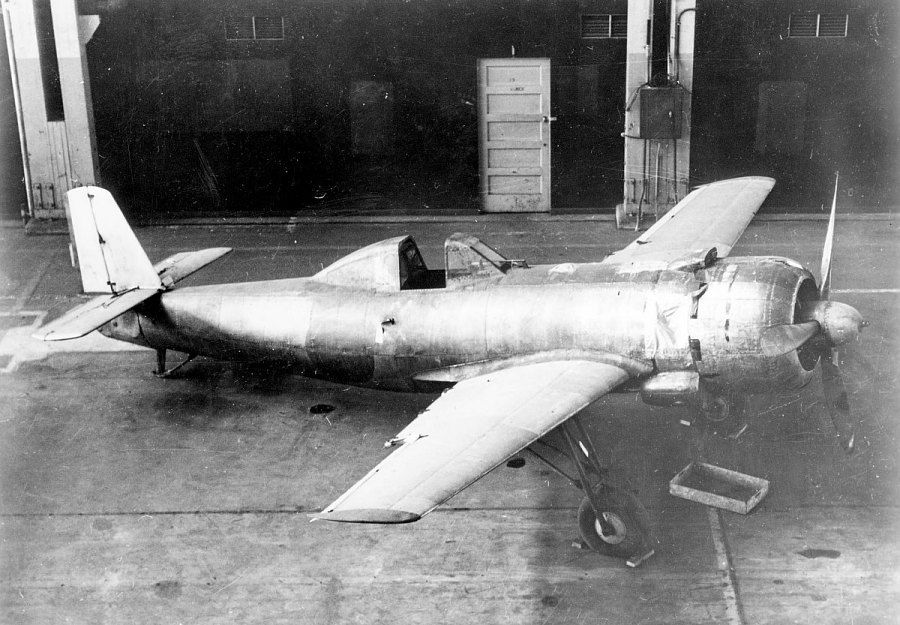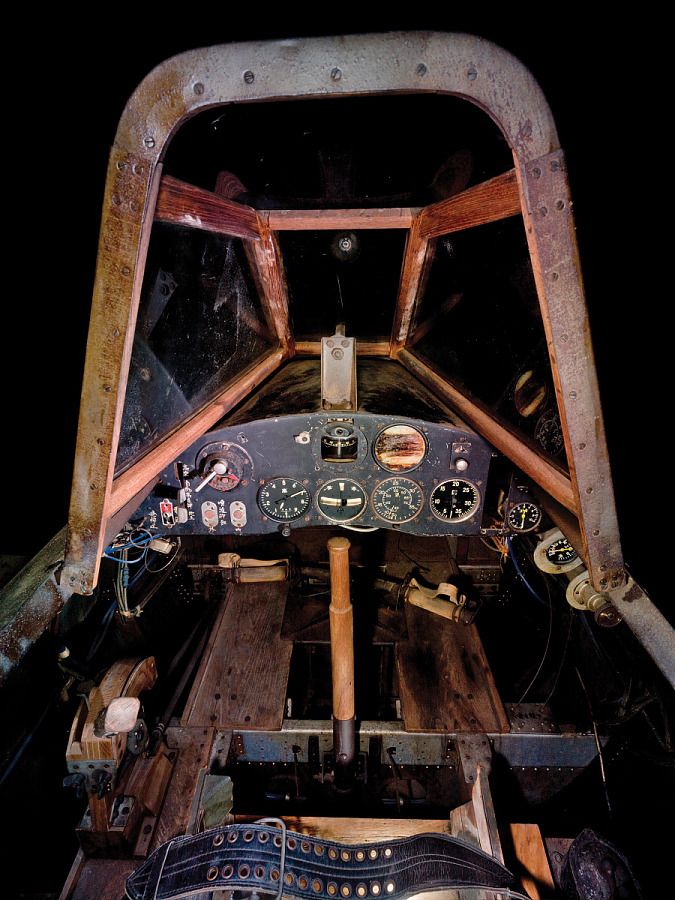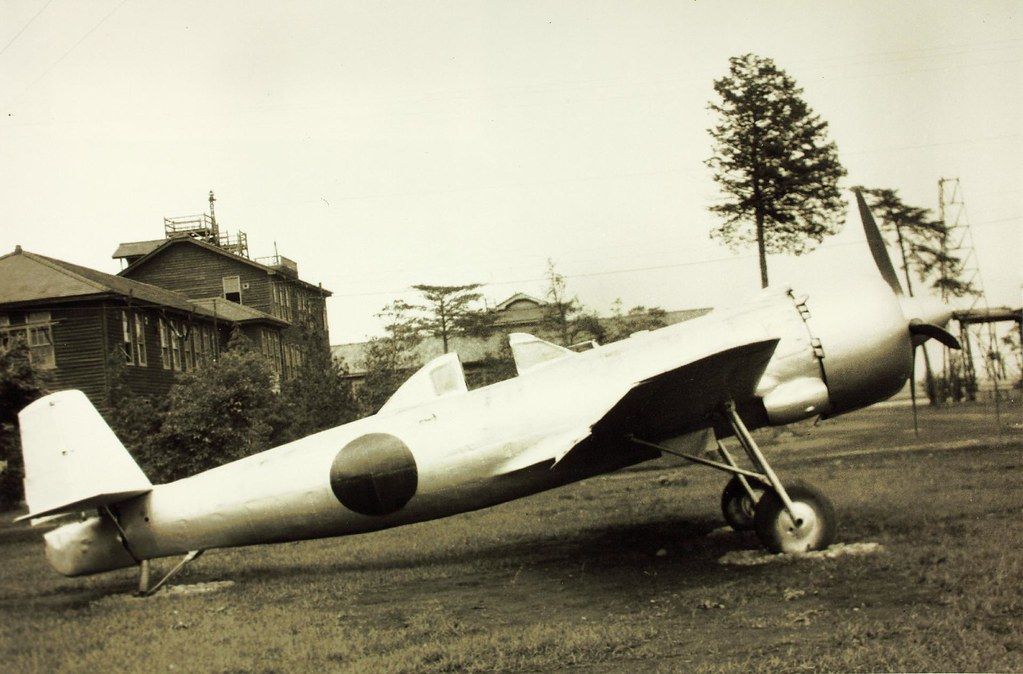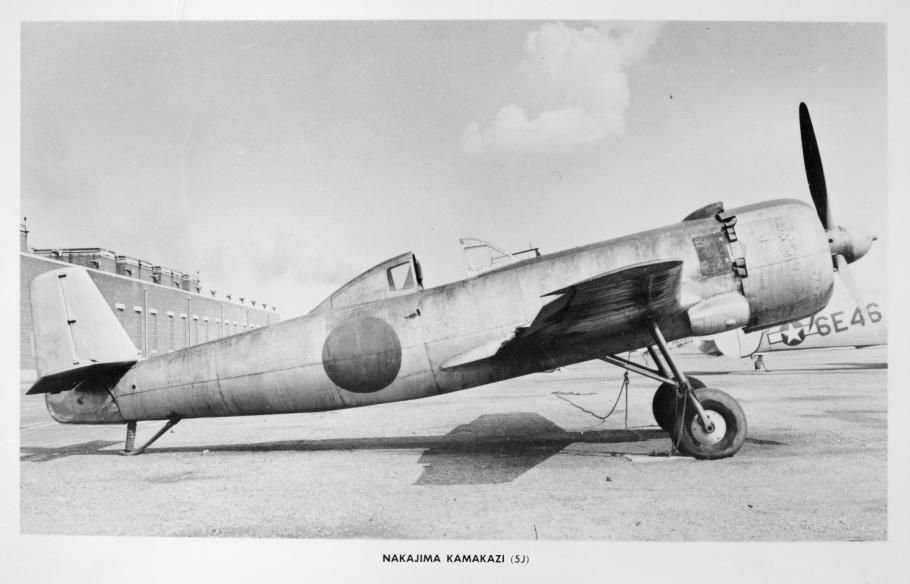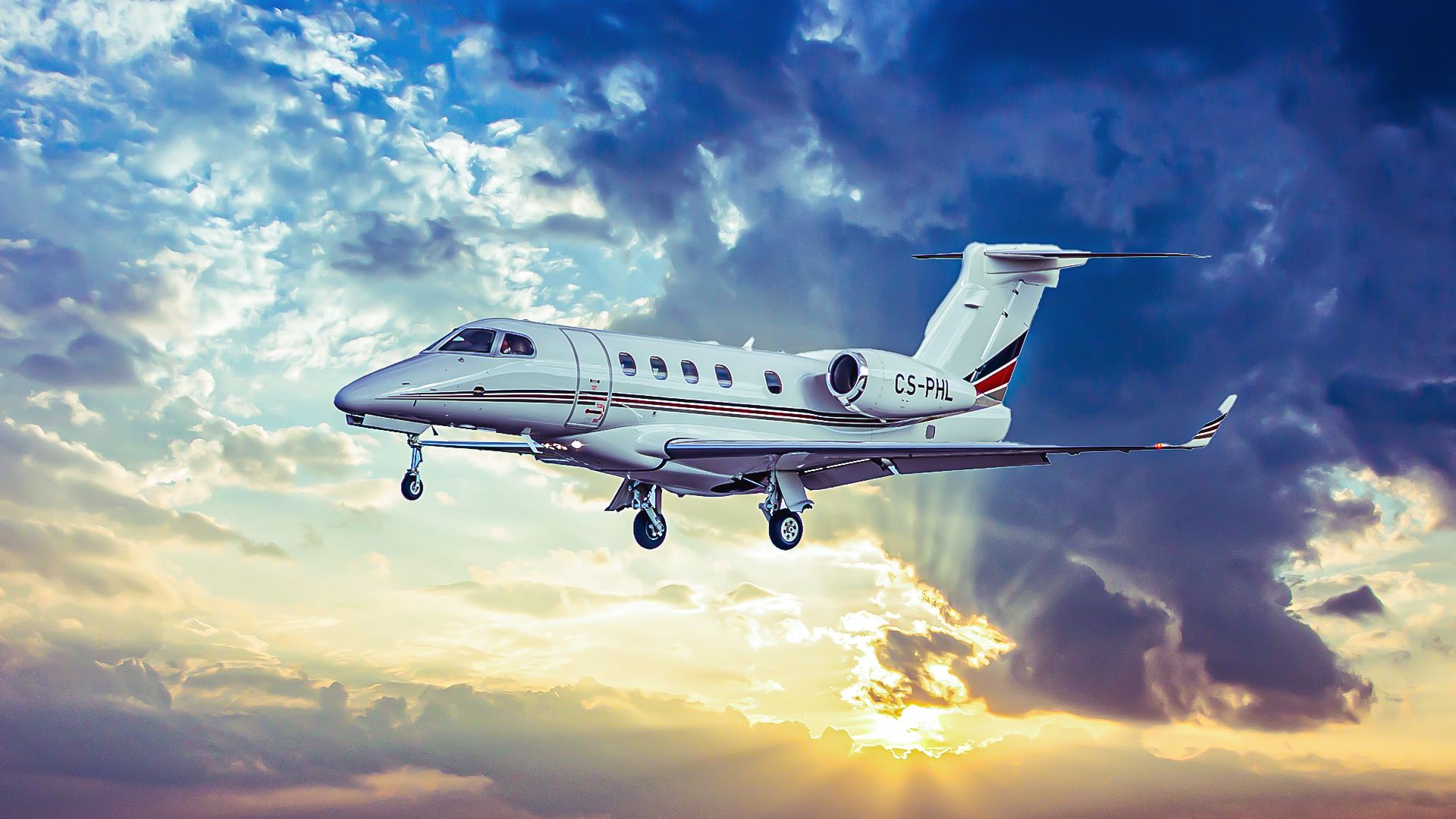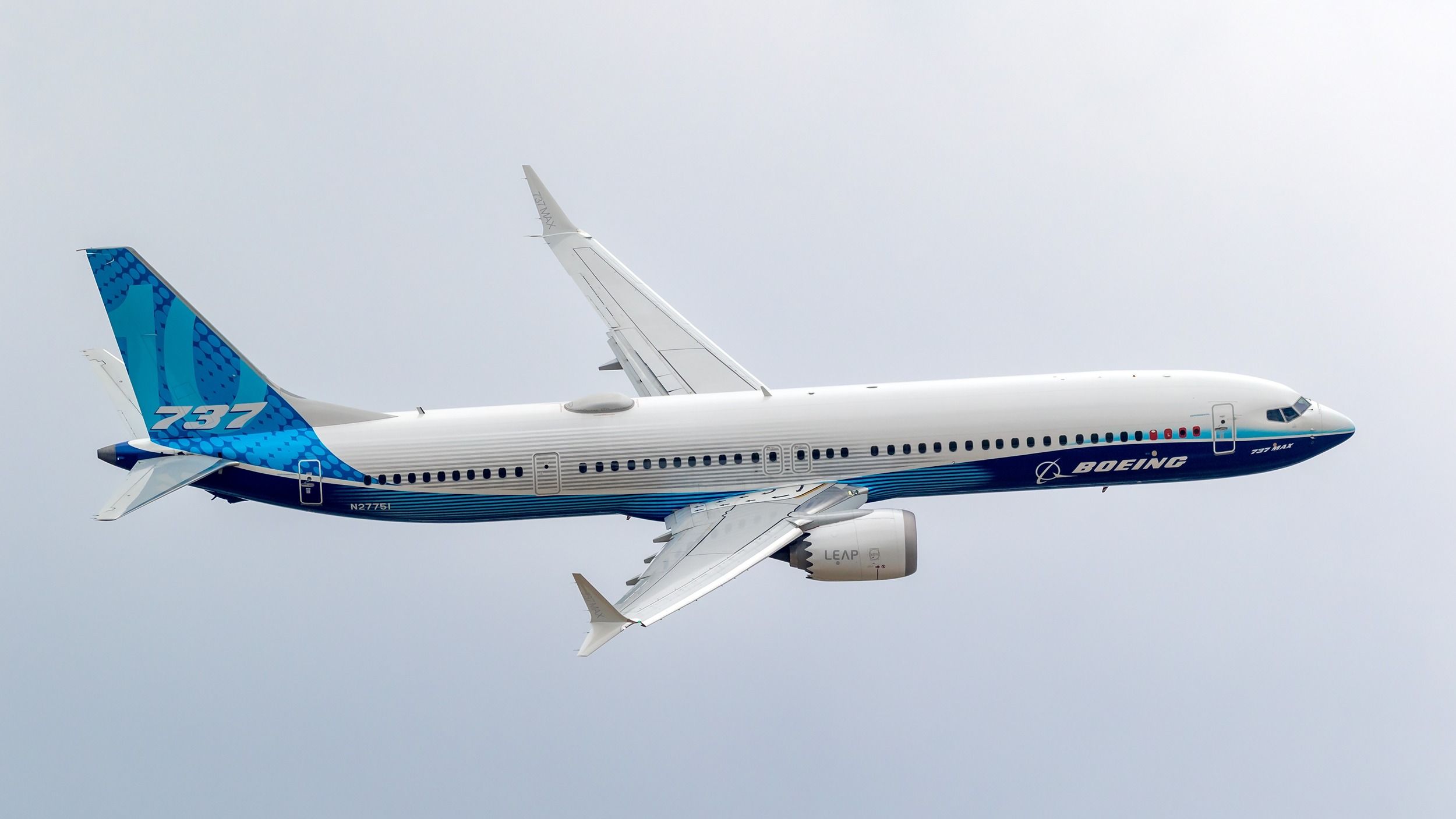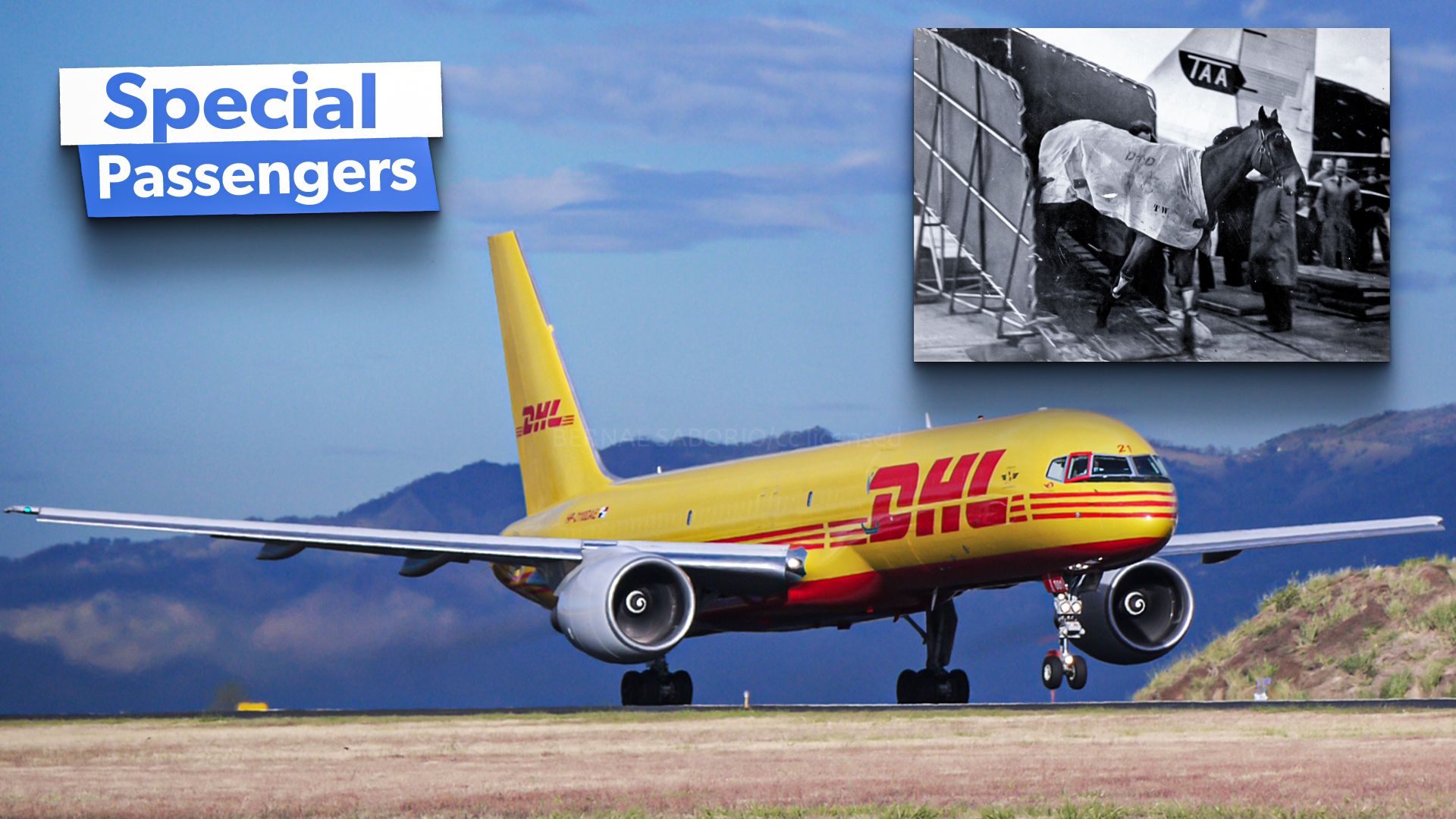Summary
- Japan built the Nakajima Ki-115 Tsurugi for kamikaze attacks with cheap materials and massive bombs.
- The Tsurugi was intended to be a single-use disposable aircraft and was unarmed, easy target.
- Kamikaze attacks were a last-ditch effort as Japan faced defeat, with only one known surviving Tsurugi.
What aircraft did Japan use in suicide kamikaze attacks in WW2? The answer is quite a number of the aircraft they had available. But what may come as a surprise to many is that Japan built a specially designed aircraft for kamikaze attacks called the Nakajima Ki-115 Tsurugi (‘sabre’). The Imperial Japanese Navy called the Nakajima Ki-115 the Toka or “Wisteria Blossom.”
By the end of the war, Japan was in a hopeless position and was unable to defend itself from unrelenting waves of devastating B-29 Superfortress bomber raids that were leveling its cities. Desperate to stave off the inevitable American island-hopping march to the Japanese home islands, the Japanese resorted to kamikaze attacks. Kamikaze attacks were called Tokko missions (Japanese for ‘special attack’).
Background: protecting the home islands
As it became clear Japan had lost its ability to contest the air and waves with the Americans, it became ever more desperate. Its increasingly outdated fighters and increasingly poorly-trained pilots were no match for the Americans. This came to a head in June 1944 at the Battle of the Philippine Sea (dubbed the Great Marianas Turkey Shoot). The battle was one of the last great naval battles, effectively ending Japan’s attempts to go toe-to-toe with the Americans in contesting the skies.
Photo: Air and Space Museum
By 1944/1945, Japan was on the defensive, and the massive Pacific perimeter it had built in 1941/1942 was collapsing. It was only a matter of time before the American-led Allies would arrive over Japan and invade the home islands.
Japan built kamikaze aircraft to attack Allied shipping, and in preparation to fight the massive invasion fleet, the Allies were expected to assemble to invade Japan. The Allies planned to invade the Japanese home islands in Operation Downfall, but after the use of nuclear weapons, Japan surrendered, and this invasion never took place.
By this time, Japan did not consider itself to have enough obsolete aircraft to use in kamikaze attacks (they didn’t want to use their best aircraft and pilots for suicide missions). So, the Japanese decided to build large numbers of cheap and simple suicide aircraft. These could be built quickly and used to defend the home islands for when the Allied invasion fleet arrived. The idea was that the Japanese could use pilots with minimal training. The pilots just need to take off, fly, and crash to oversimplify it.
Photo: National Air and Space Museum
Tsurugi: a dedicated suicide warplane
According to the National Air and Space Museum, the Tsurugi was made of cheap and readily available materials (mostly wood and steel). It even had a jettisonable undercarriage to save on weight (after all, a suicide aircraft doesn’t need to land). It was designed to be fitted with any old Japanese engine in storage (Japan had stocks of old 1920s and 1930s engines). Everything in the aircraft was crude. It was basically intended as a single-use disposable aircraft.
|
Nakajima Ki-115 Tsurugi Specifications |
|
|---|---|
|
Max speed: |
320 mph (515 km/h) – later 343 mph (550 km/h) |
|
Bombs: |
one (up to 1,764 lbs) |
|
Engine: |
14-cylinder, air-cooled Nakajima Ha35-23 radial |
|
Range: |
720 miles (1,200 km) |
|
Number built: |
104 by war end |
|
Combat history: |
none |
The Tsurgi was not intended to fight (it was unarmed). The slow lumbering Tsurgi was an easy target, but some would get through given enough of them (perhaps waves of hundreds or thousands). And if they did, their massive bombs weighing up to 1,760 lbs were enough to snap a warship in two.
The Tsurugi’s controls were crude, its take-off and landing performance was poor, and its visibility was poor. Perhaps surprisingly, only experienced pilots could safely fly it. However, the aircraft improved over time, and Japan hoped to build as many as 8,000 of them a month. In the end, the war ended before the Tsurugi had been used in combat.

Related
Luftwaffe: The 5 Most Important German Aircraft Of World War II
A closer look at some of the best German combat aircraft deployed during the Second World War.
Effectiveness of the kamikaze
While kamikaze attacks proved painful for the Allies, they were a sign of last-ditch desperation. The Allies in 1944 were systematically destroying Japanese forces. Notably, in the Battle of Okinawa, Japan launched over 1,500 attacks on the Allies, resulting in 21 US Navy ships being sunk and 217 damaged. In total, 47 US Navy vessels were sunk, and 5 Royal Navy aircraft carriers were damaged. Kamakazis accounted for 7% of all US Navy crew causalities in the Pacific War.
|
Kamakazi effects |
|
|---|---|
|
US ships lost: |
47 sunk |
|
Percentage of causalities: |
7% (US Navy crew Pacific War) |
|
Allied dead: |
almost 5,000 Allied military personnel |
|
Allied wounded: |
4,800 |
While the Americans were building ever more advanced and powerful aircraft-based aircraft like the Vought F4U Corsair and the Grumman F6F Hellcat, the Japanese were going backward. There was no other way for Japan to make up the numbers.
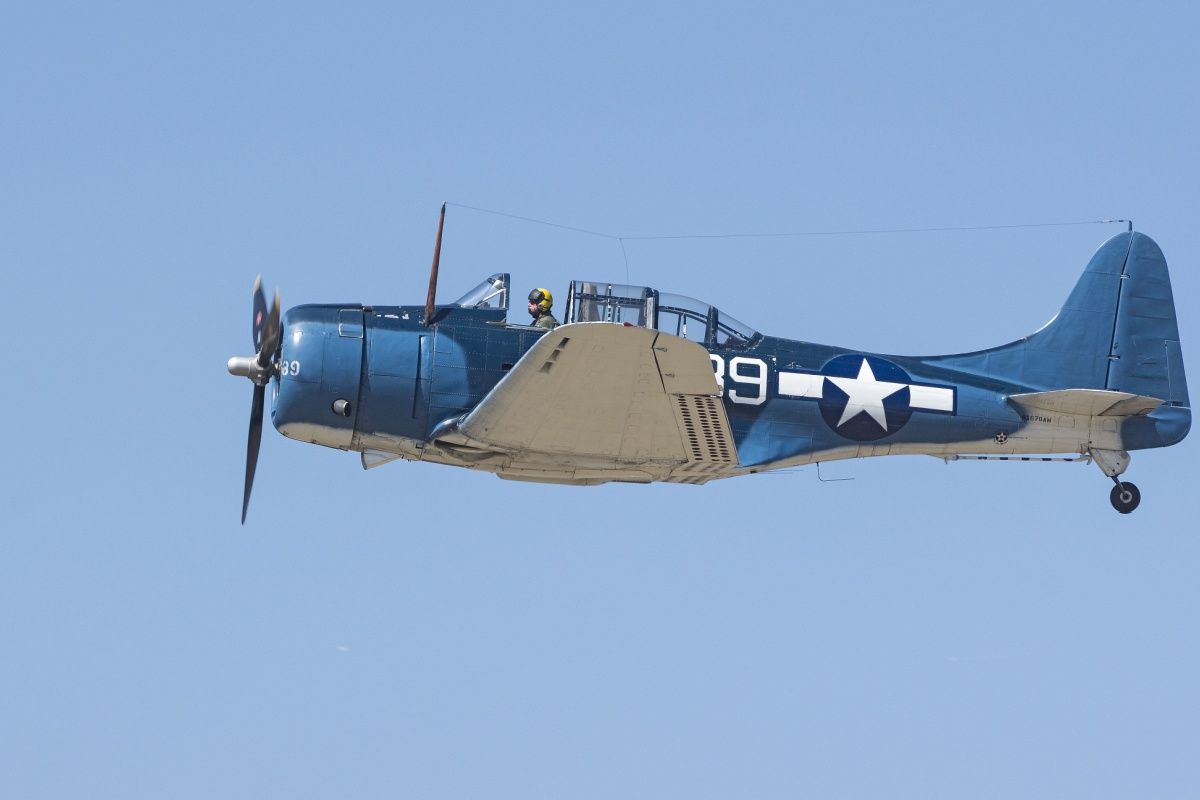
Related
History: 5 Iconic Carrier-Based Aircraft From The Second World War
While the British and Japanese boasted carrier-based aircraft that distinguished themselves early on, American aircraft dominated the later war.
Surviving aircraft
Only one example is thought to survive today—the NASM Tsurugi at the National Air and Space Museum (not currently on display). It is thought the surviving aircraft was taken by US Navy intelligence specialists to the United States for evaluation.
Photo: National Air and Space Museum
Little is known about the Tsurugi test program or how it was planned to be used, as the Japanese destroyed most of the records before the Allied forces could intervene. The Tsurugi was not the only Japanese purpose-built kamikaze airplane – there was also the Kugisho Okh 22 (with a surviving example also part of the National Air and Space Museum).

